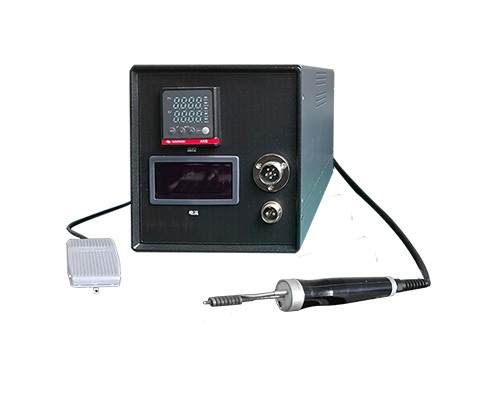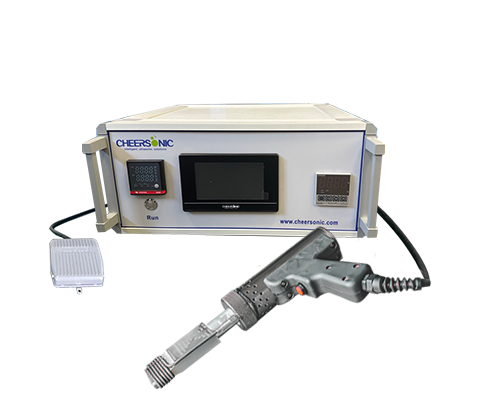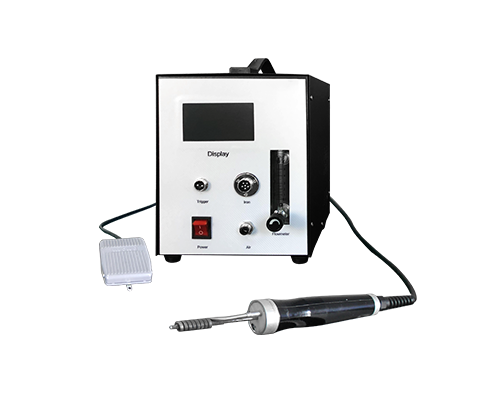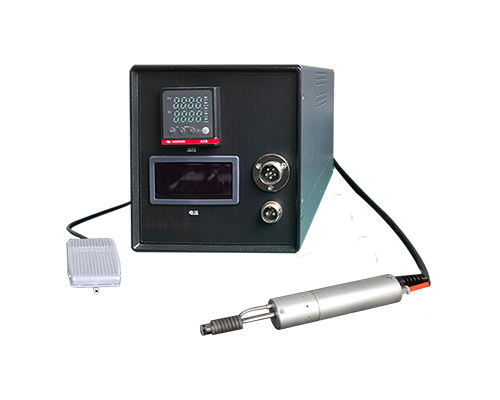Currently, the cost of solar photovoltaic power generation is approximately twice that of conventional energy sources, a situation that severely restricts the large-scale development of the photovoltaic industry. Innovations in welding processes can both reduce manufacturing costs and improve photovoltaic performance, providing a critical impetus for the widespread application of photovoltaics.
In silicon solar cell manufacturing, to improve efficiency, an aluminum film is deposited on the backside of the silicon wafer to create a P+ layer, also known as an aluminum back surface electrode . This layer reduces the surface recombination rate of minority carriers, increases light absorption, and improves infrared response. However, the oxide film on the aluminum coating is difficult to remove, hindering brazing of the ribbons. While the commonly used backside silver electrode solution in industry solves this connection problem, it damages the SSF structure, resulting in a drop in the cell's open-circuit voltage. Furthermore, the high price of traditional copper solder ribbons further increases production costs.
To address these challenges, the relevant technical team, after years of research and development, developed ultrasonic brazing technology that uses Sn-based brazing filler metal to directly connect the aluminum back surface electrode to the aluminum ribbon. Its core principle is to utilize the "cavitation effect" of ultrasound in liquid solder to efficiently remove surface oxide films and promote solder spreading and wetting.

During the soldering process, the base material is first heated to a specific brazing temperature, and then the solder is ultrasonically applied to the aluminum back surface field. The solder fills the gaps between the aluminum particles. As the ultrasonic exposure time increases, the oxide film on the aluminum particles is gradually broken down and removed. After 10 seconds of ultrasonic exposure, the aluminum back surface field is completely dissolved in the solder. Tests show that the joint resistance decreases and then increases with ultrasonic exposure time, reaching a minimum value around 6 seconds.
This technology not only solves the problems of difficult aluminum sintered coating removal and poor wettability, but also enables direct connection between the aluminum back surface field and aluminum ribbon, eliminating the need for flux and back silver electrodes, significantly reducing costs and increasing open-circuit voltage. Furthermore, its efficient film removal capability allows the use of low-cost aluminum ribbon to replace traditional silver and copper ribbons, providing a key technical path for reducing costs and increasing efficiency in the photovoltaic industry.





